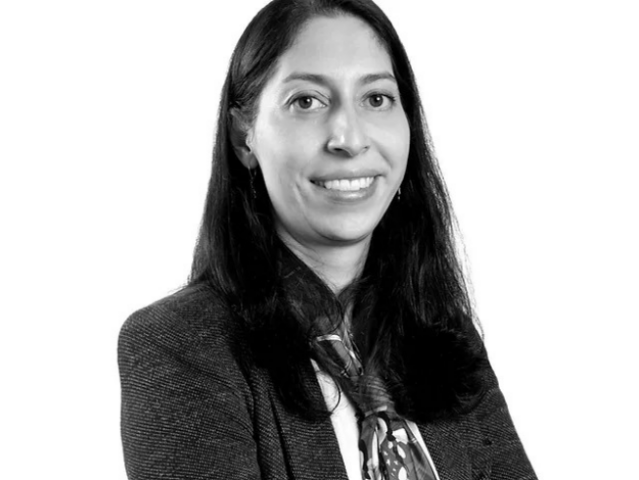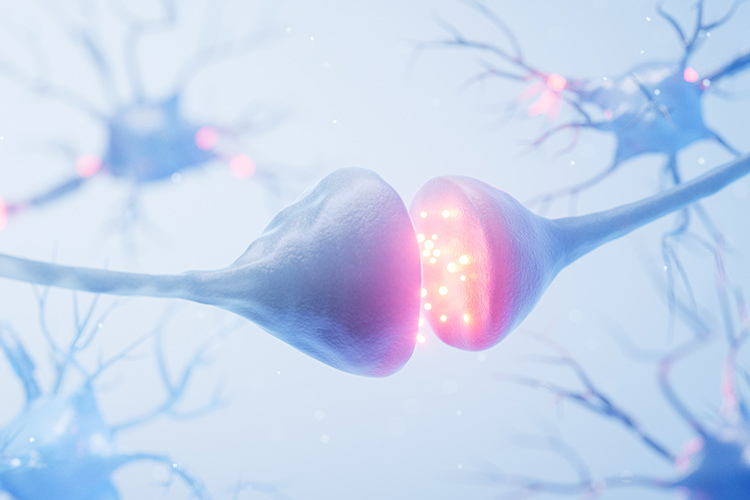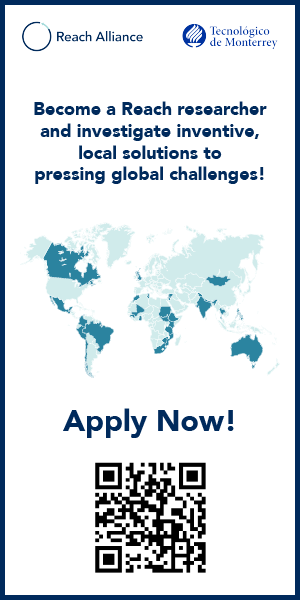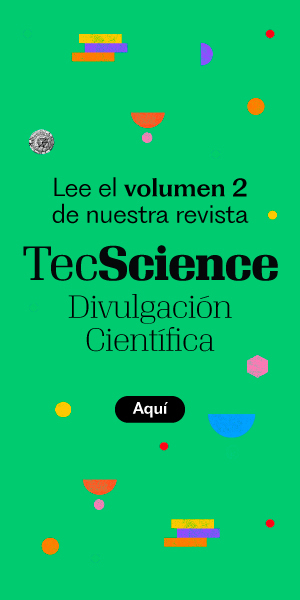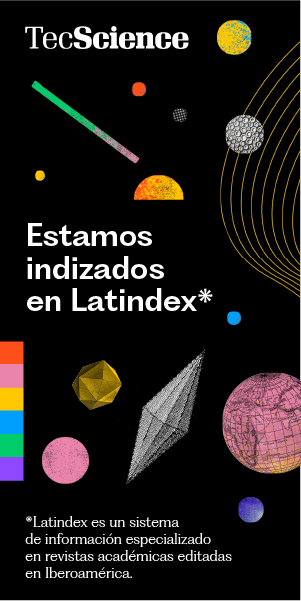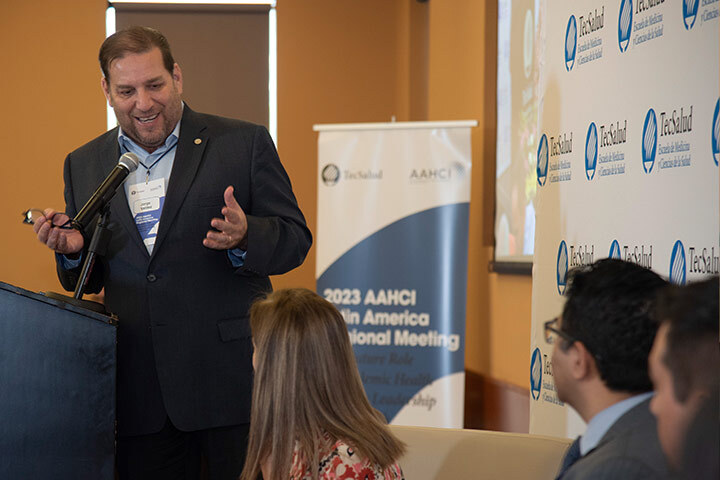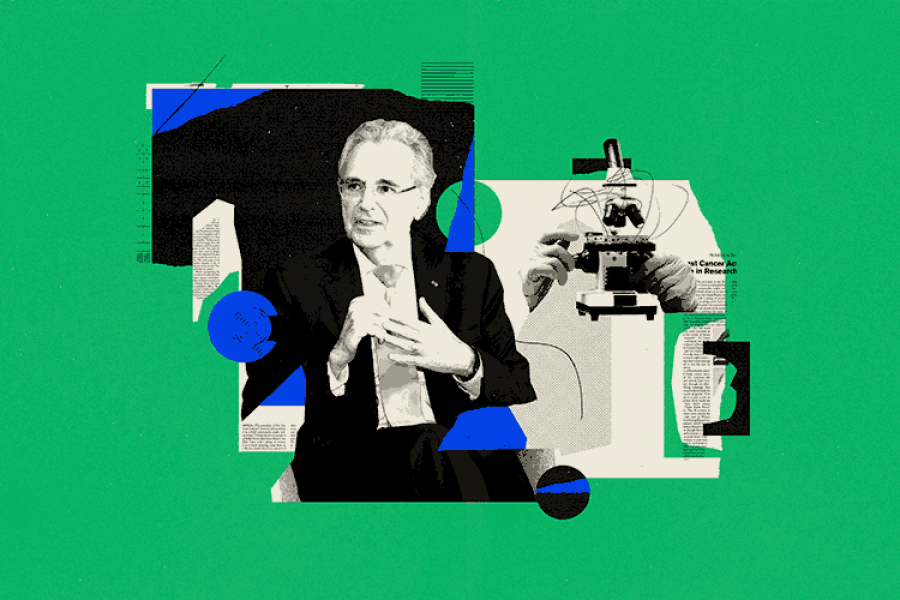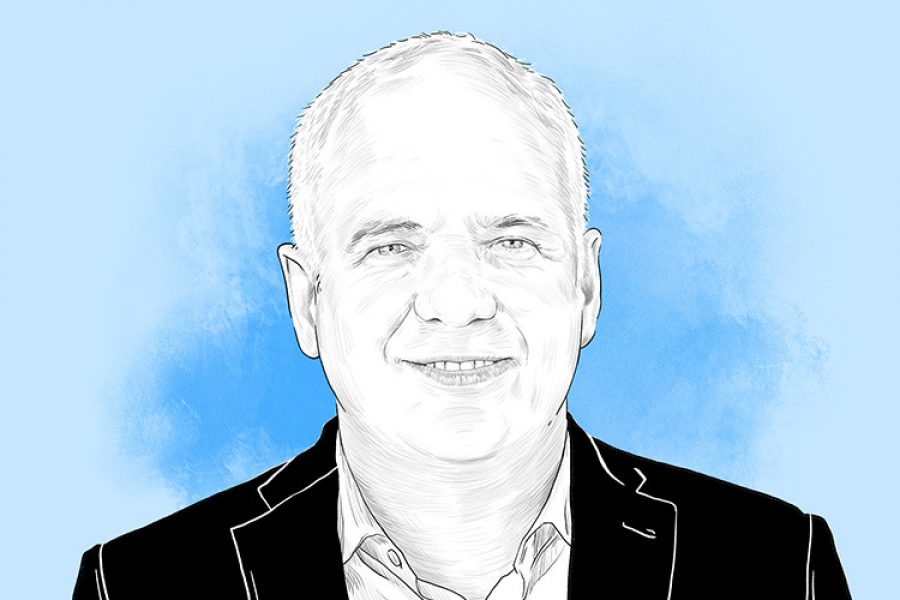The pain is constant. Emma Cavazos describes it as a six or seven, on a scale of 10, even with medication. At 50 years old, she lives with uterine leiomyosarcoma, a rare cancer that has spread to her bones and lungs. Since her diagnosis a year and a half ago, her life has changed radically: she is now practically bedridden, with outings limited to medical appointments.
“It was a tough diagnosis,” Cavazos recalls from her home in Mexico City. “When they told me ‘you have cancer,’ my mind was going back and forth. There were bits I heard and bits I didn’t.”
What Cavazos didn’t imagine then was that, in addition to oncologists and chemotherapy, she would find relief in a medical service that many continue to associate with the end of life: palliative care.
During Cavazos’ first visit with her palliative care doctor, which lasted about four hours, the doctor not only evaluated Cavazos but gathered the entire family. “She asked that everyone be there, my husband and my children, and she asked each one how they felt.” At first, she was most impressed that the doctor made house calls, which Cavazos says helped her feel more comfortable and secure with her treatment.
Palliative Care
Her experience reflects a global reality. A study published in The Lancet Global Health in March revealed that severe health-related suffering (SHS) increased by 74% globally between 1990 and 2021.
More than 73 million people lived with this type of suffering in 2021, with 80% of these cases concentrated in low and middle-income countries. The burden of SHS increased by 83% in these nations during this period, compared to a 46% increase in high-income countries.
“It’s one of the areas of health that remains forgotten, ignored, and to which we don’t pay enough attention,” explains Felicia Knaul, professor at the University of California, Los Angeles and part of the Faculty of Excellence at the School of Medicine and Health Sciences at Tecnológico de Monterrey. Knaul, along with Héctor Arreola, health economist and researcher at the School of Government and Public Transformation at Tec, were part of the groups of authors that wrote the study published in The Lancet.
Knaul warns that many people tend to connect palliative care with the end of life. But she defines it as “support in the physical, emotional, psychological, and spiritual aspects that reduce suffering.” This type of treatment, she says, should begin the moment a patient or their family receives a difficult diagnosis that may eventually result in death.
According to the study, while the burden of patients who died with SHS increased by 35% between 1990 and 2021, the number of patients who did not die with SHS doubled, representing 63% of the total in 2021.
Necessary Care
In moments of acute pain, this type of support can become invaluable. When Cavazos suffered a particularly severe pain crisis, her palliative doctor immediately went to her home and stayed for five hours adjusting medications until she relieved her pain. It was an extensive process of trying various medications and therapies to give her even a single moment of relief. Eventually, they found the exact medication that helped Cavazos rest. “That is priceless,” she emphasizes. “And you feel very supported.”
Arreola explains that this increase in suffering responds to multiple factors: “There is population growth, there is aging, and there is an entire epidemiological transition that countries have presented in the last 35, 40 years.”
The Lancet study reveals significant changes in the causes of suffering. Non-communicable diseases, particularly cancer, cardiovascular diseases, and dementia, are becoming increasingly important contributors to suffering. Although it is a global phenomenon, says Arreola, Mexico functions as a microcosm of the obstacles and opportunities.
“You have an increasingly aging population, which increasingly has more chronic conditions and lives longer with this combination of chronic conditions,” said Arreola. This diversity is reflected in the different palliative care needs throughout the country. “The diseases suffered in the south or southeast of the country are not the same as those suffered by the population living in the north,” he explained.
A persistent obstacle is the stigma associated with palliative care. Cavazos had to get rid of her preconceived ideas. Now, she describes it as “a four-legged table” that includes the medical, emotional, psychological, and family support aspects. “If one is missing, everything else truly becomes completely unbalanced.”
Knaul agrees: “It’s the reality in many places that push the patient to decide between treatment and palliative care. If they choose palliative care, it’s the equivalent of death, so they don’t choose it.”
The Lancet study concludes that access to palliative care should be considered a human right and an essential part of universal health coverage.
“Any health system, to achieve universal health coverage, necessarily has to offer palliative care coverage,” says Knaul. “It’s basically a human right, as well as a health necessity.”
Cavazos doesn’t know how much time she has left with her family. But palliative care has made a tangible difference in her current quality of life. Despite the constant pain and physical limitations, she feels greater peace knowing that she has access to professionals who understand her comprehensive needs.
Did you find this story interesting? Would you like to publish it? Contact our content editor to learn more at marianaleonm@tec.mx


